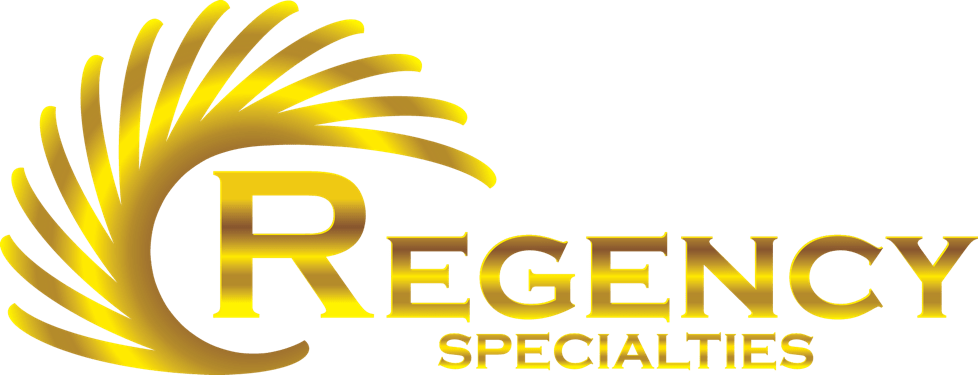Indentifying poison ivy
Identifying the plant before coming into contact with it will lower the risk of developing an allergic contact rash. The plants can be identified by three leaflets, where the saying “leaves of three, let them be” originates from. They also often have flowering branches. Poison sumac have leaflets of 5, 7 or more and it grows as a shrub or a small tree. It grows in standing water or swampy areas. Poison sumac may have black dots on them, which is oxidized urushiol. The poison ivy plant grows as a shrub in far Northern and Western United States, Canada and around the Great Lakes. It grows as a vine in the East, Midwest and South of the US. It may have yellow-green flowers or green berries. Poison oak has 3 small leaflets, grows as a shrub or a vine and may have yellow-white berries. It is recommended to familiarize yourself with pictures of the plants before spending time in forested areas.


